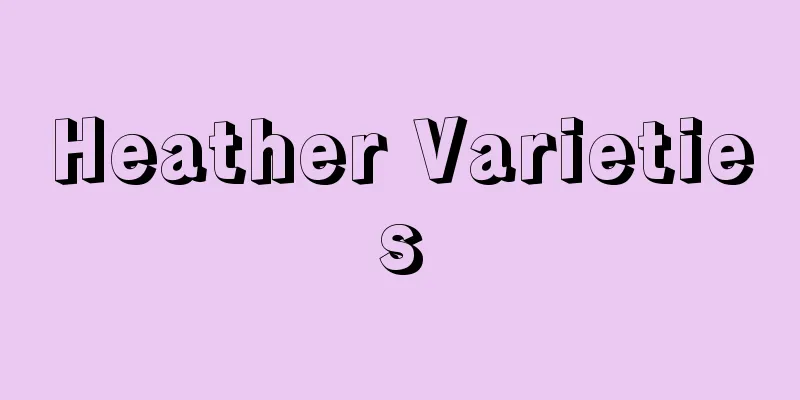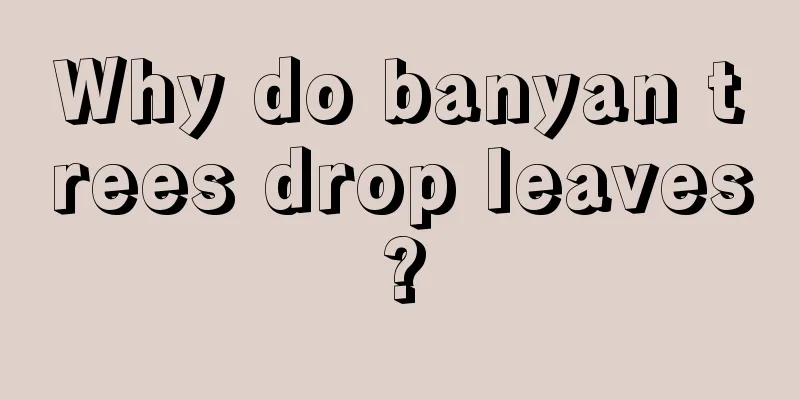How to grow four-season orange

1. Maintenance methods1. Temperature: The cold resistance of the four-season orange is not very high. Under normal circumstances, it can grow healthily in a warm environment. The temperature suitable for its growth is between 15 and 30 degrees. The temperature in winter cannot be too low. Generally, it needs to be cultivated indoors in winter, and the temperature needs to be kept above five degrees. 2. Watering: The four-season orange is quite particular about water. The soil where the plant grows needs to be kept moist, without stagnant water and not too dry. The amount of water needs to be reduced in winter. In summer, you can replenish water to its branches and leaves by spraying water mist. The soil needs to be breathable so that all the water can be absorbed. 3. Light: Four-season orange likes warm and sufficient light, which can allow its fruit to accumulate nutrients and the color will become more golden. At the same time, it can accept full sunlight in spring and winter. In summer, you need to pay attention to the light. It cannot be exposed to strong light, otherwise the fruit will become dehydrated. 4. Fertilization: Fertilization is indispensable during the breeding period. The soil must be fertile enough. Generally, some organic farm fertilizers need to be applied from time to time. Some urea needs to be applied during the flowering period, and phosphorus fertilizer needs to be applied during the fruiting period. Only in this way can the final yield be guaranteed. 2. Breeding techniques1. Reproduction: Grafting is the main method of propagation of the four-season orange, preferably in late autumn and early spring. The rootstock can be lemon. After that, be sure to wrap it with plastic wrap. Especially after grafting in winter, be careful not to let the temperature be too high to ensure the survival rate. 2. Pruning: Pruning should be done in spring every year. Some old and withered branches should be cut off, and some overly dense young branches should also be pruned. When the young branches grow to about 20 cm, they need to be topped. 3. Problem diagnosis and treatment1. Disease: Anthracnose will occur, which will cause the fruit to rot. You can spray some antibacterial agents to prevent it. 2. Pests: Pests occur frequently and red spiders will appear. You can spray DDT solution. IV. Other issues1. Toxicity: It is not poisonous and the nutritional value of tangerine is very high. 2. Can it be kept at home? Yes, but it needs to be kept ventilated. |
<<: How to cultivate Shuangxi vine
Recommend
What water should be used to water the Venus Flytrap and how often should it be watered?
1. What kind of water should be poured It is best...
How to water the Golden Mountain Palm
Watering tips for golden palm Golden Mountain Pal...
Methods for disinfecting soil for growing flowers at home
Methods for disinfecting soil for growing flowers...
How to prune the maple
When to prune the maple tree The Japanese maple t...
Is the yield of yellow peach high? What is the yield per mu?
Is the yield of yellow peach high? The yield of y...
What fertilizer should be used to make the iron tree grow luxuriantly? The correct method of fertilization
It is best to fertilize the iron tree during its ...
What is the difference between pineapple and pineapple? Are pineapple and pineapple the same?
1. Different leaf edges In terms of appearance, t...
How to prune Peperomia
Topping Flower lovers who love Chinese evergreen ...
What month is suitable for planting strawberry seedlings? When is the best time to plant them?
When to plant strawberry seedlings The best time ...
Brazilian beauty breeding methods and precautions
Brazilian Beauty is relatively easy to raise beca...
Who should not drink dandelion tea? What kind of body should not drink it?
1. People with allergies should not drink Althoug...
How to cultivate Chihuahua succulents
Chihuahua Succulent Growth Conditions Chihuahua s...
How to plant purple leaf plum seeds
1. Sowing time It can be planted in spring and au...
Precautions for Begonia cultivation
When growing begonia, just pay attention to apply...
What is the suitable season for transplanting trumpet creeper?
Trumpet creeper is a very common plant nowadays, ...









